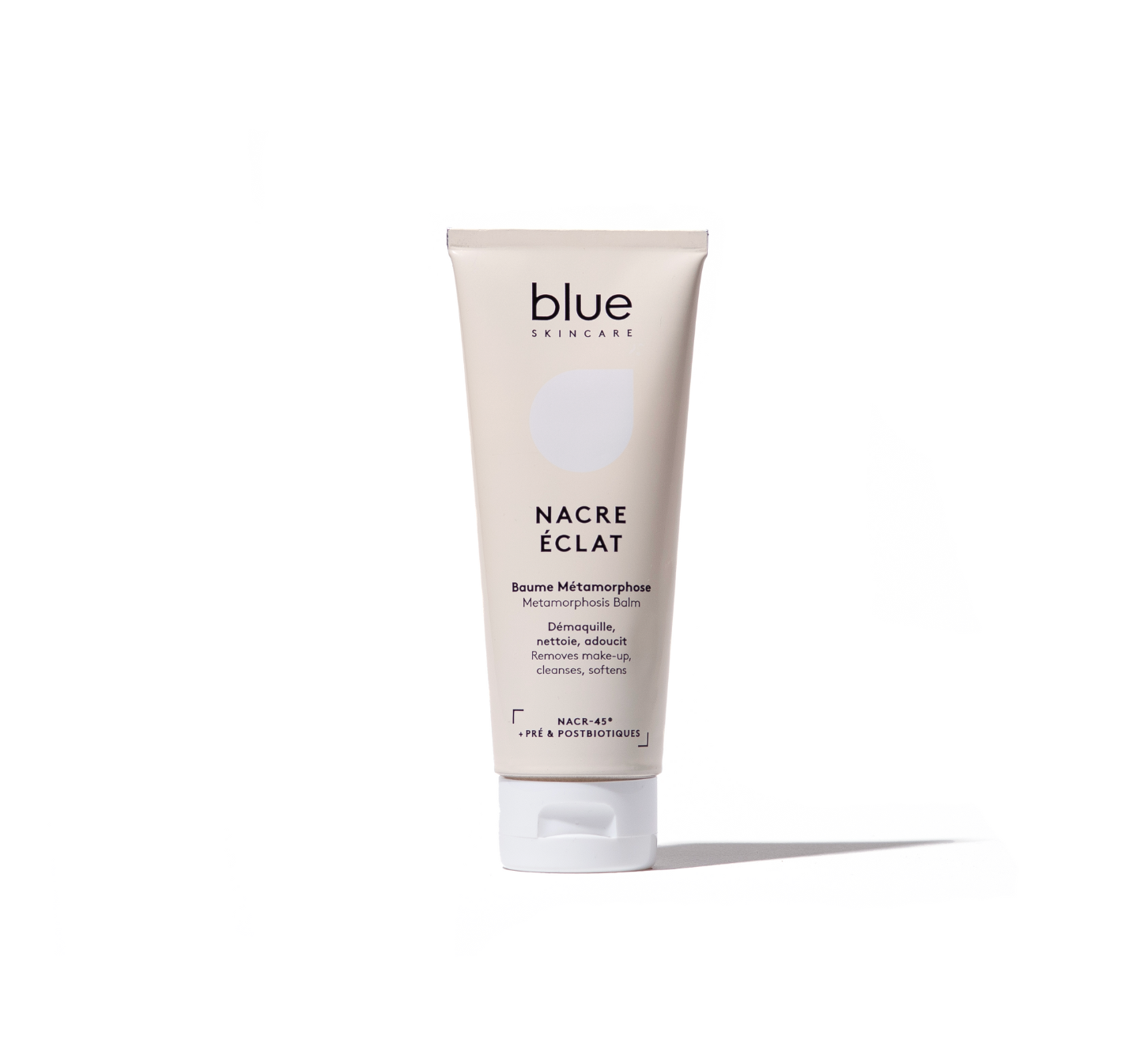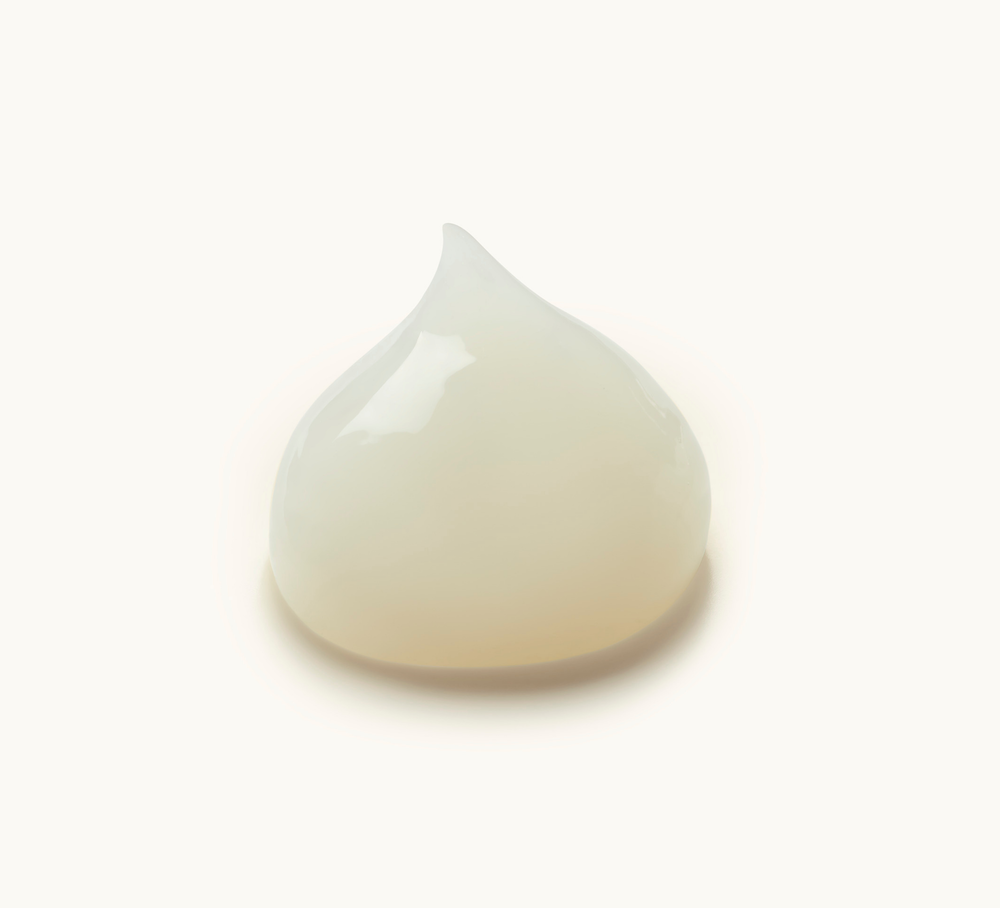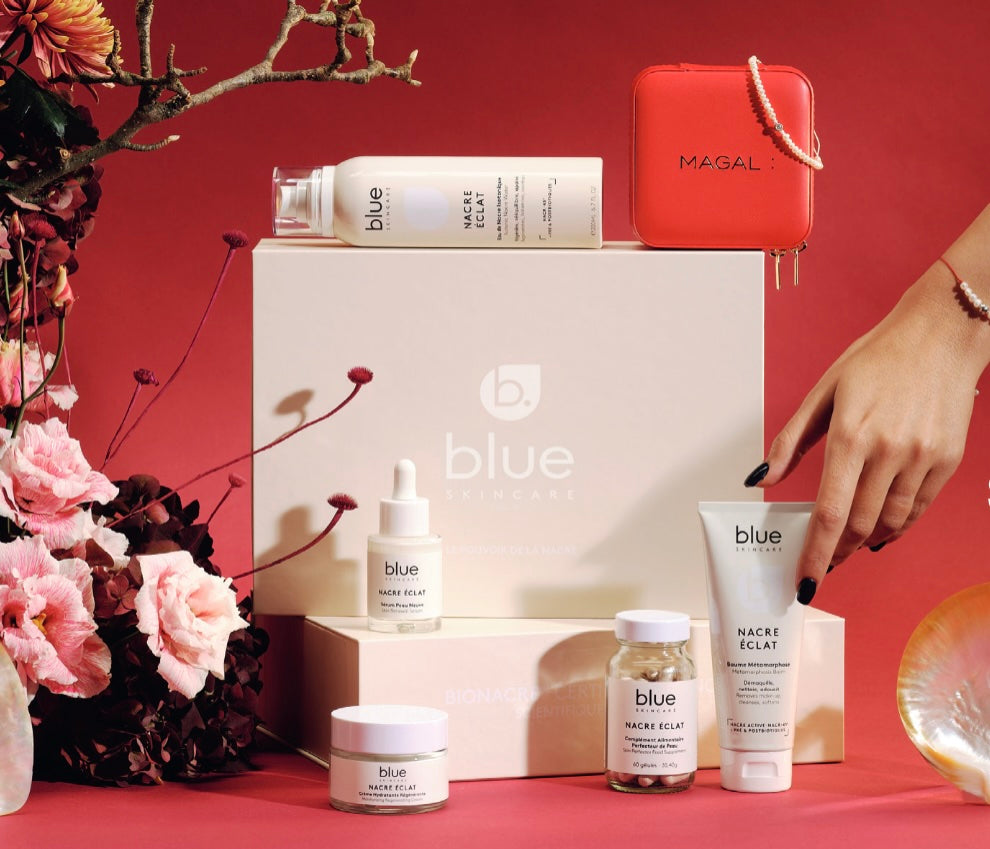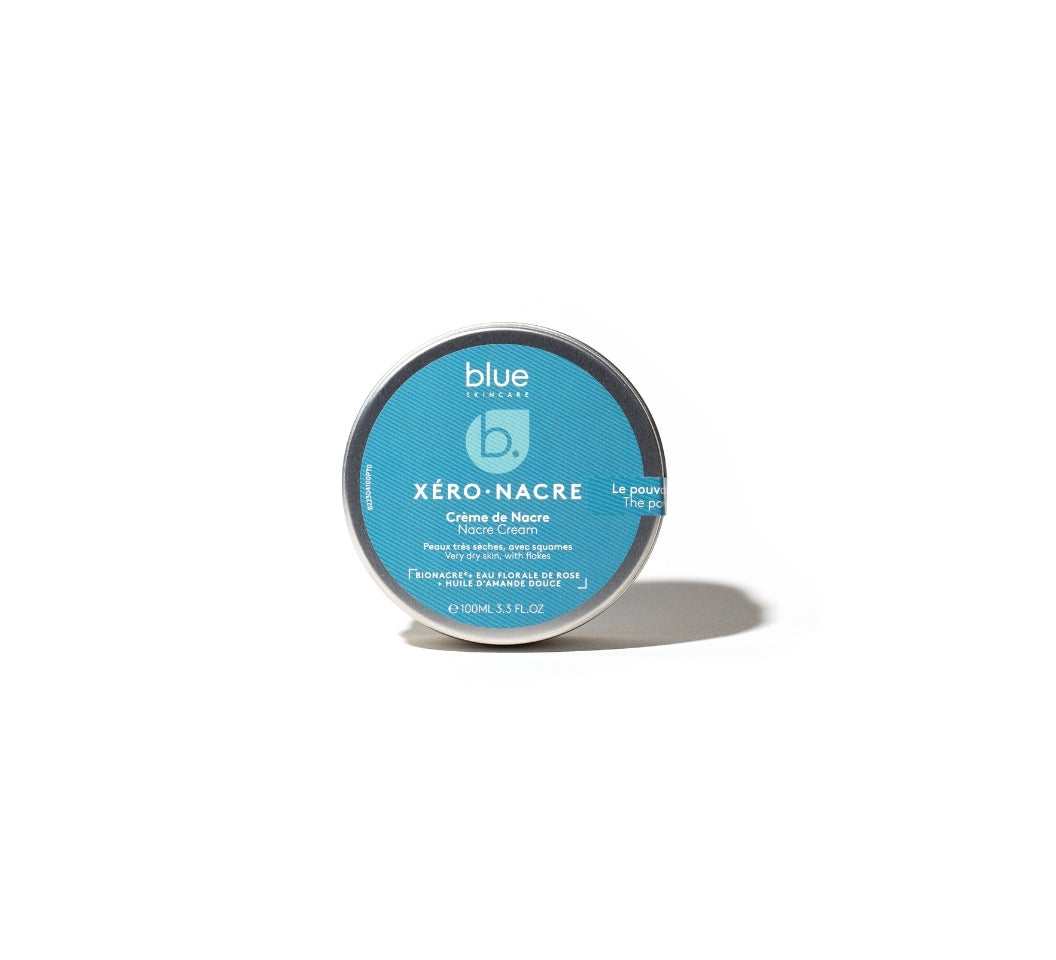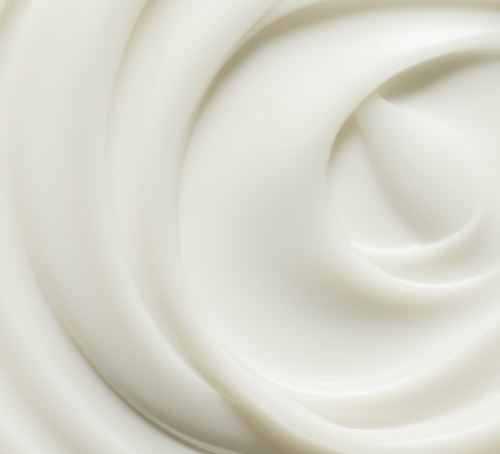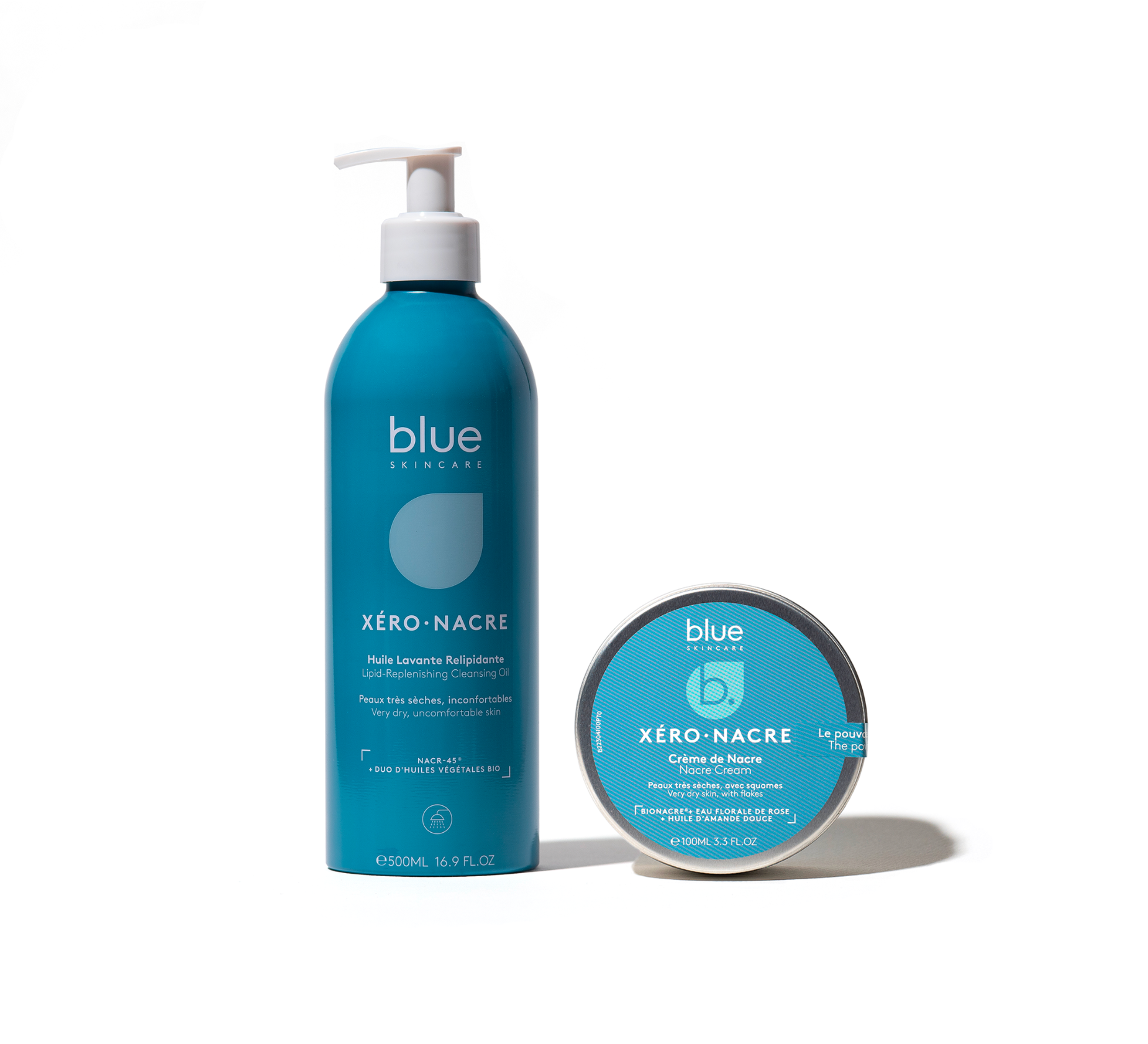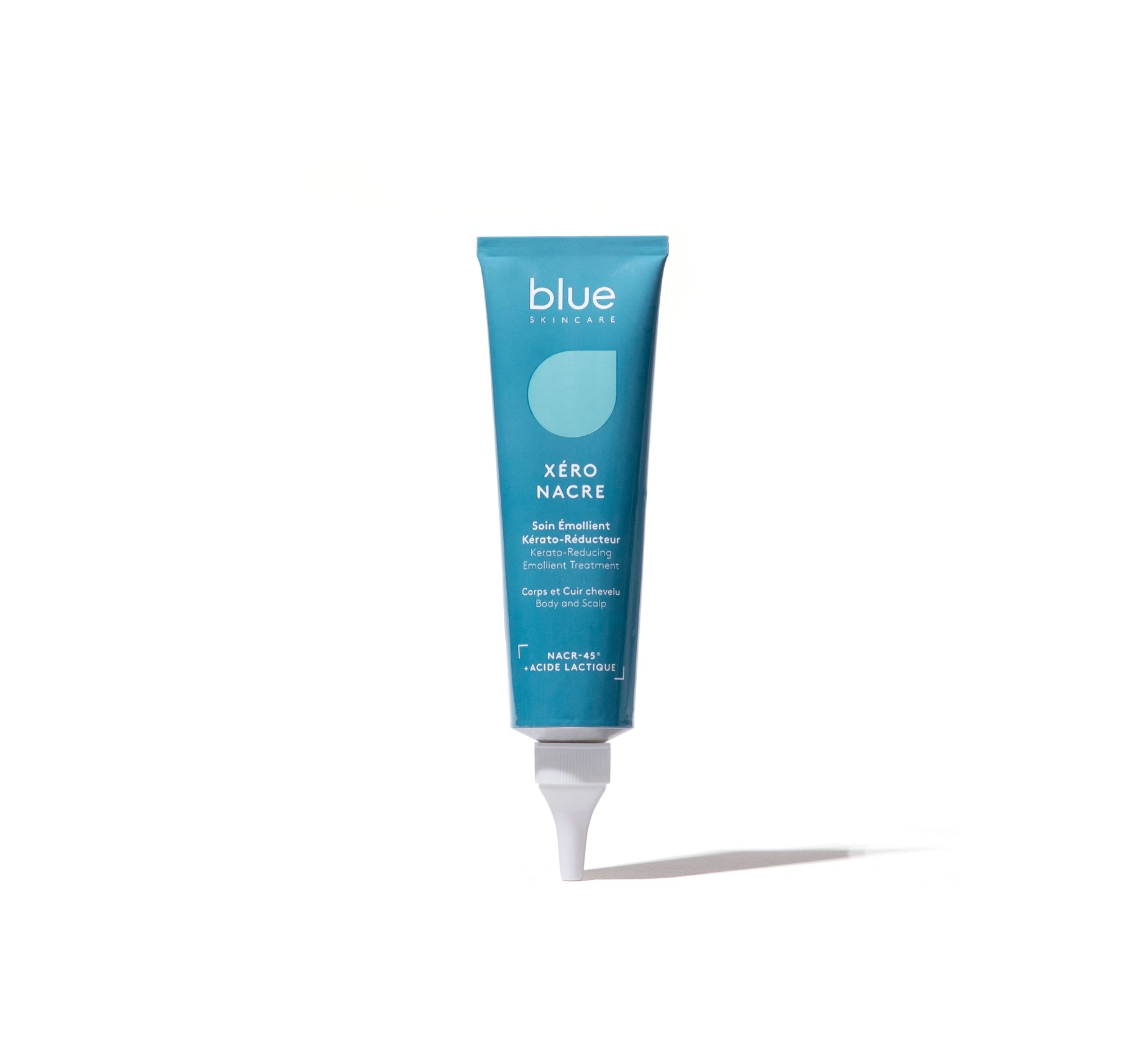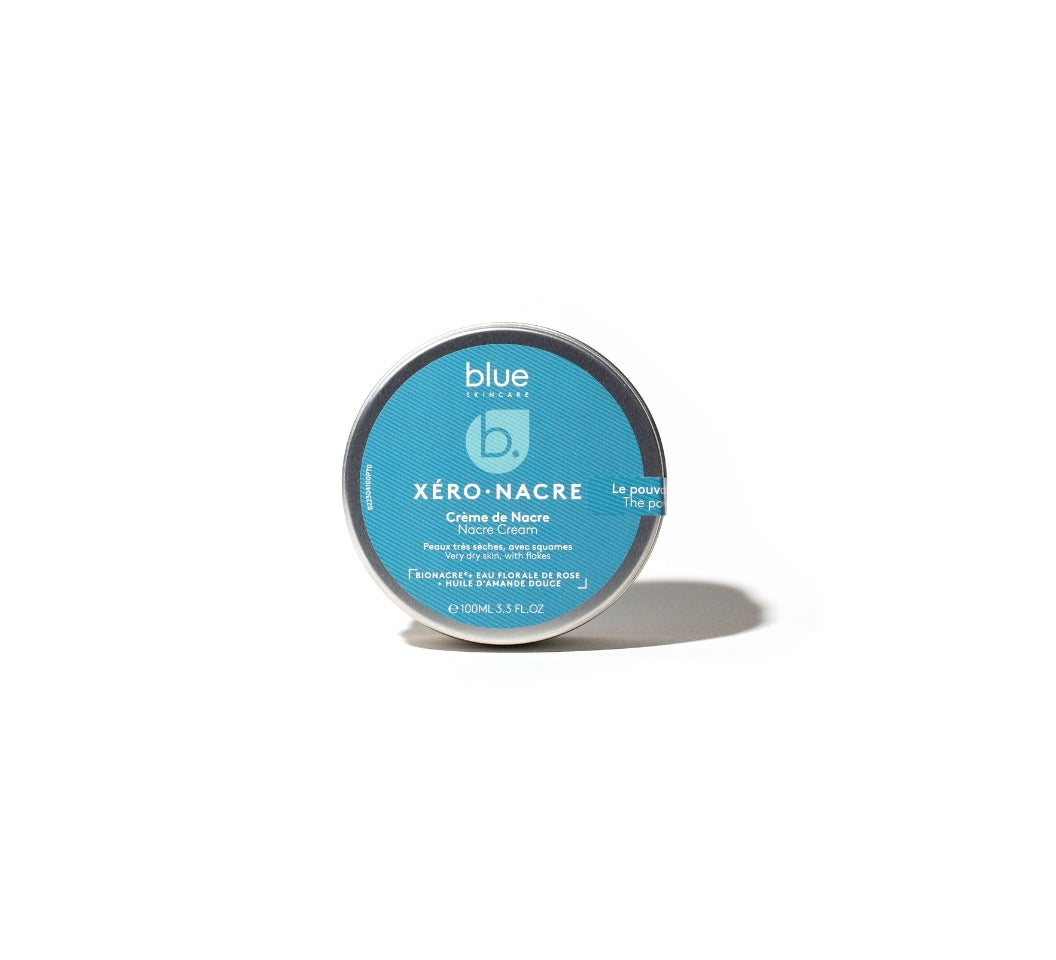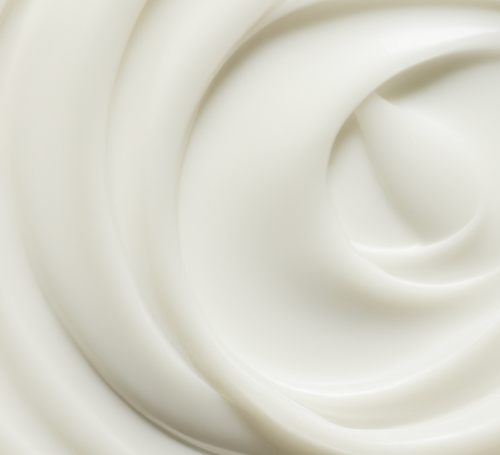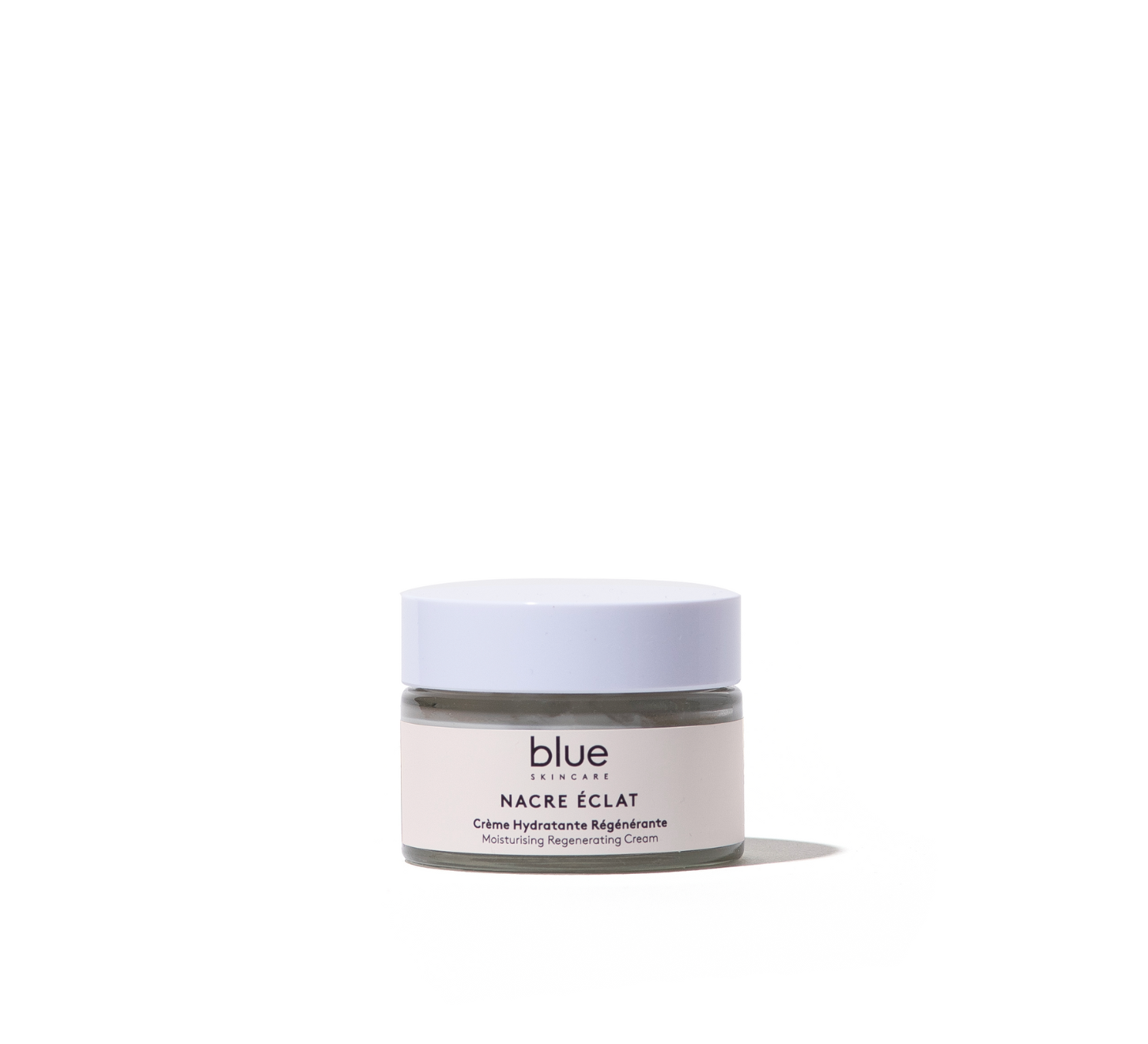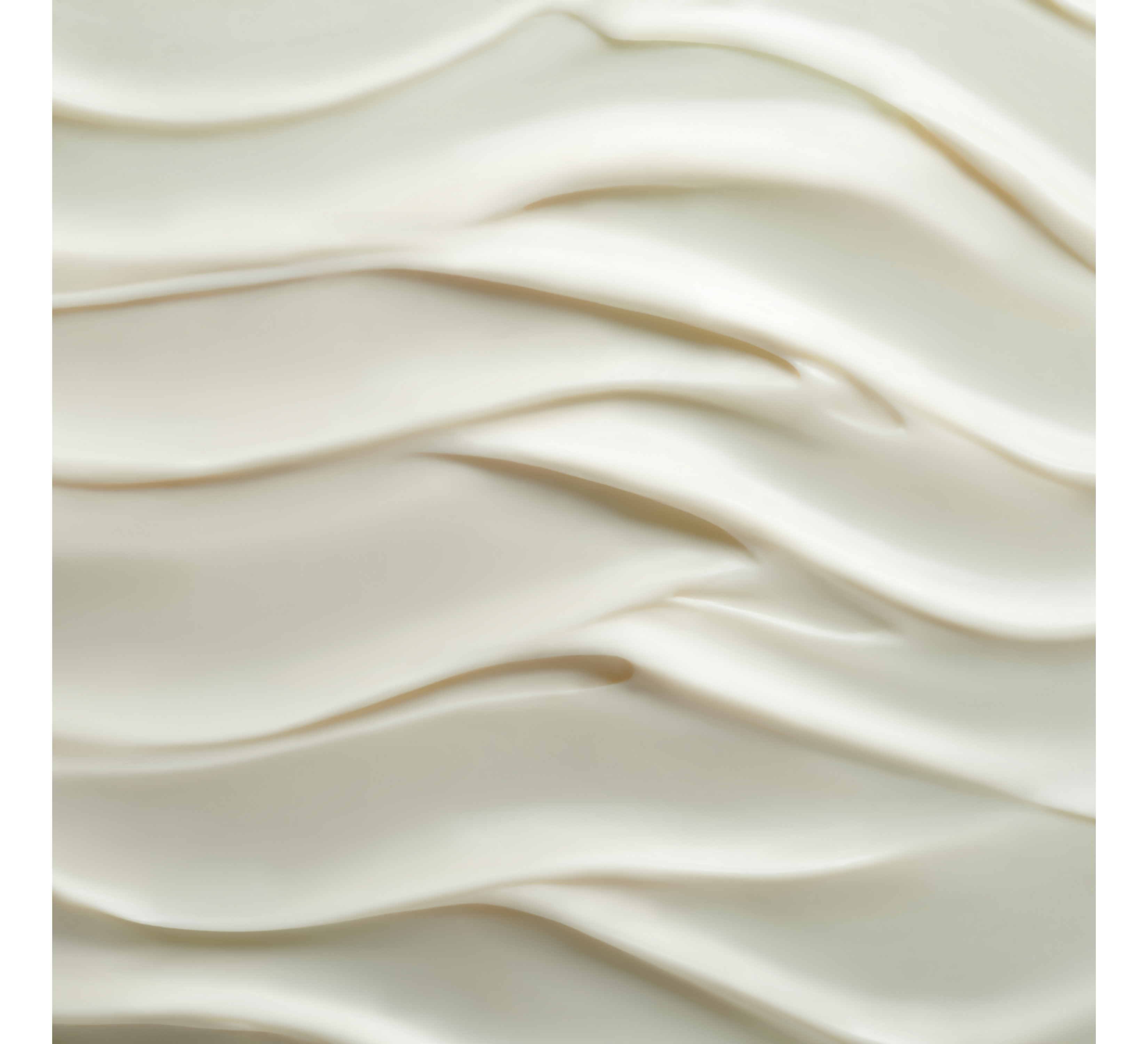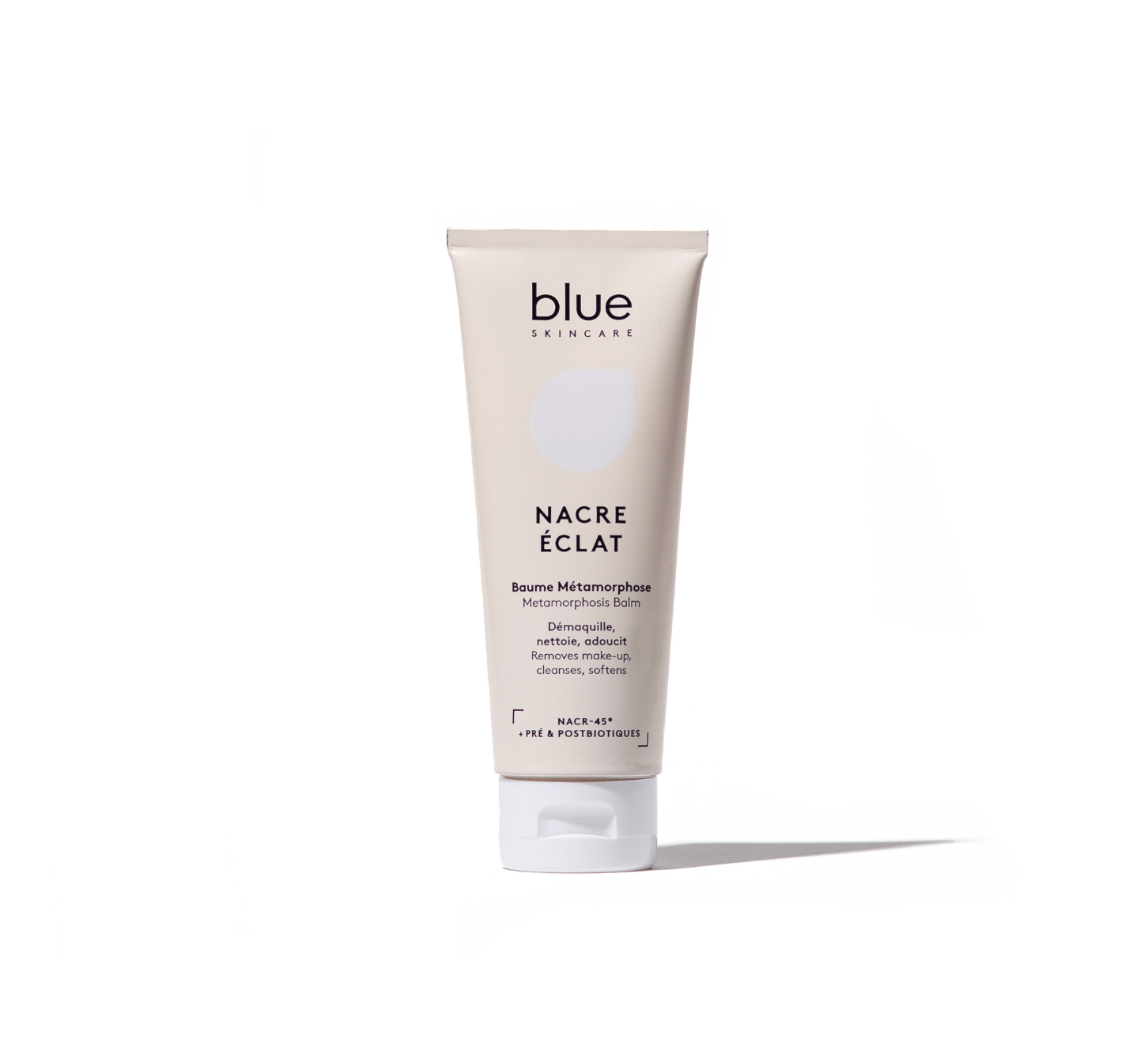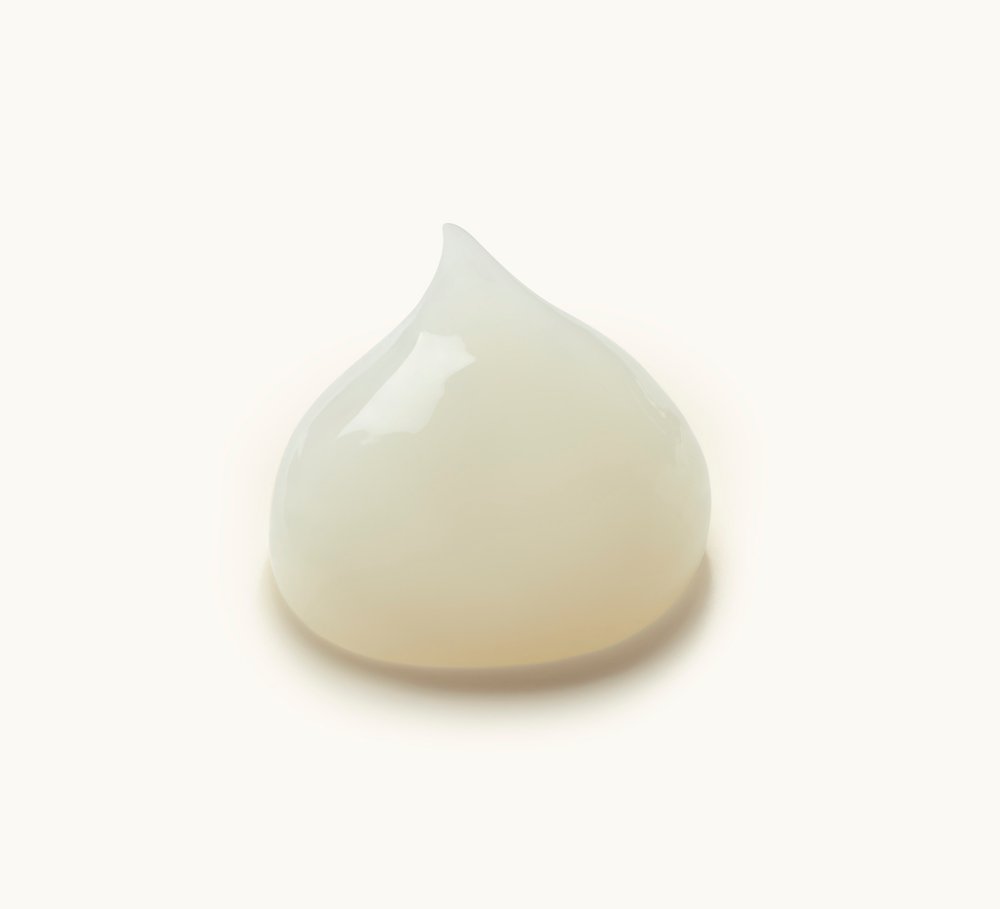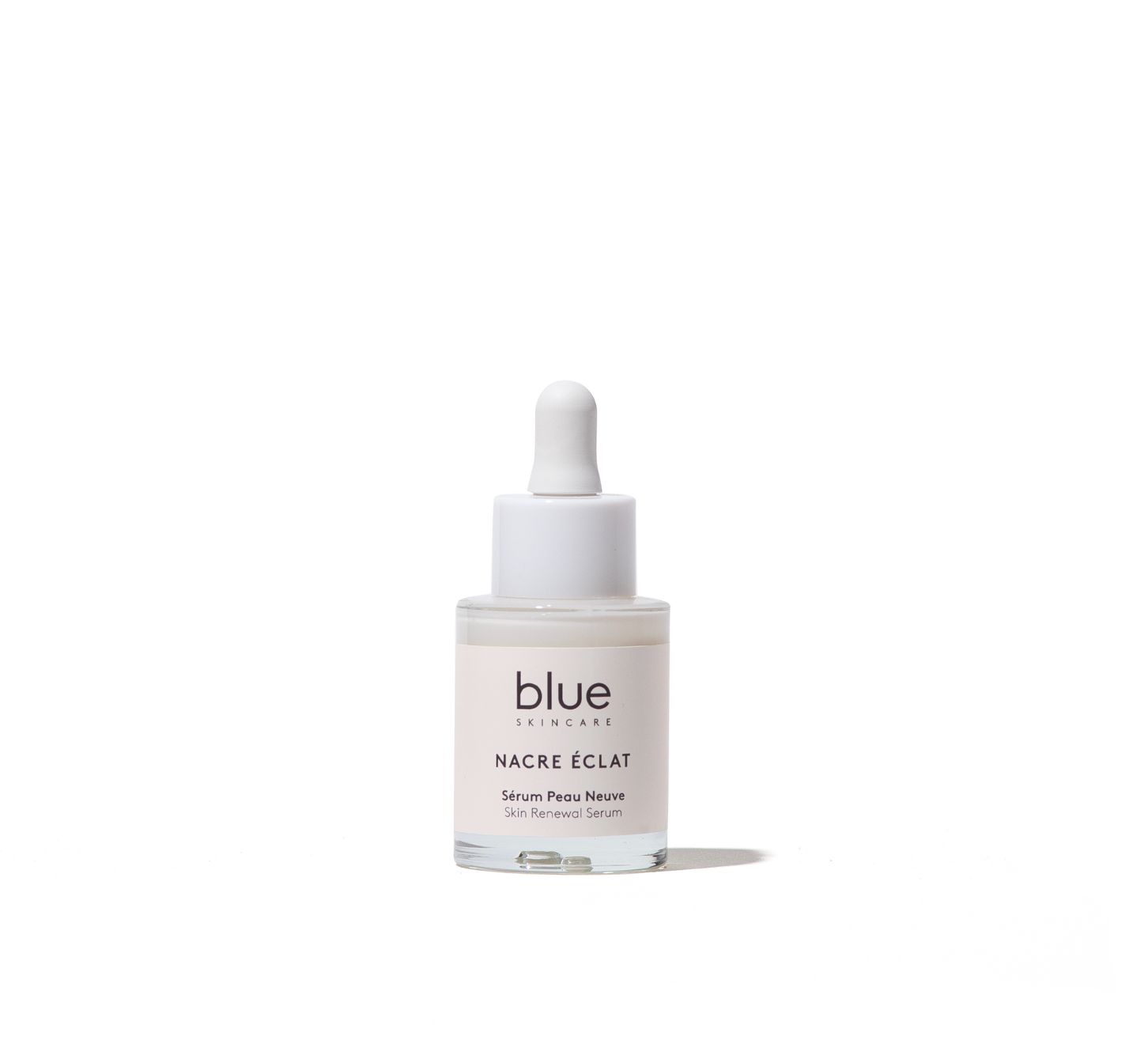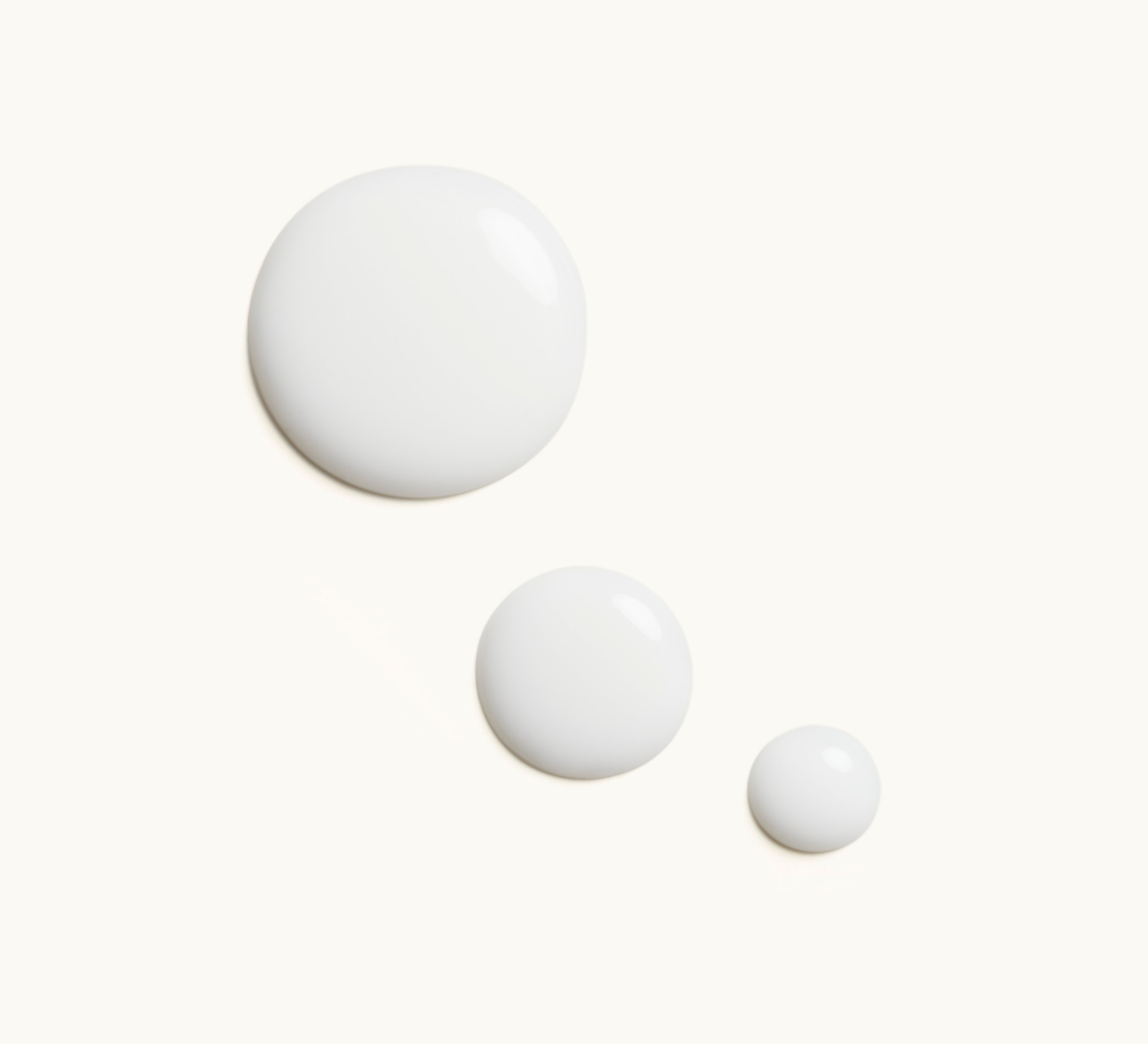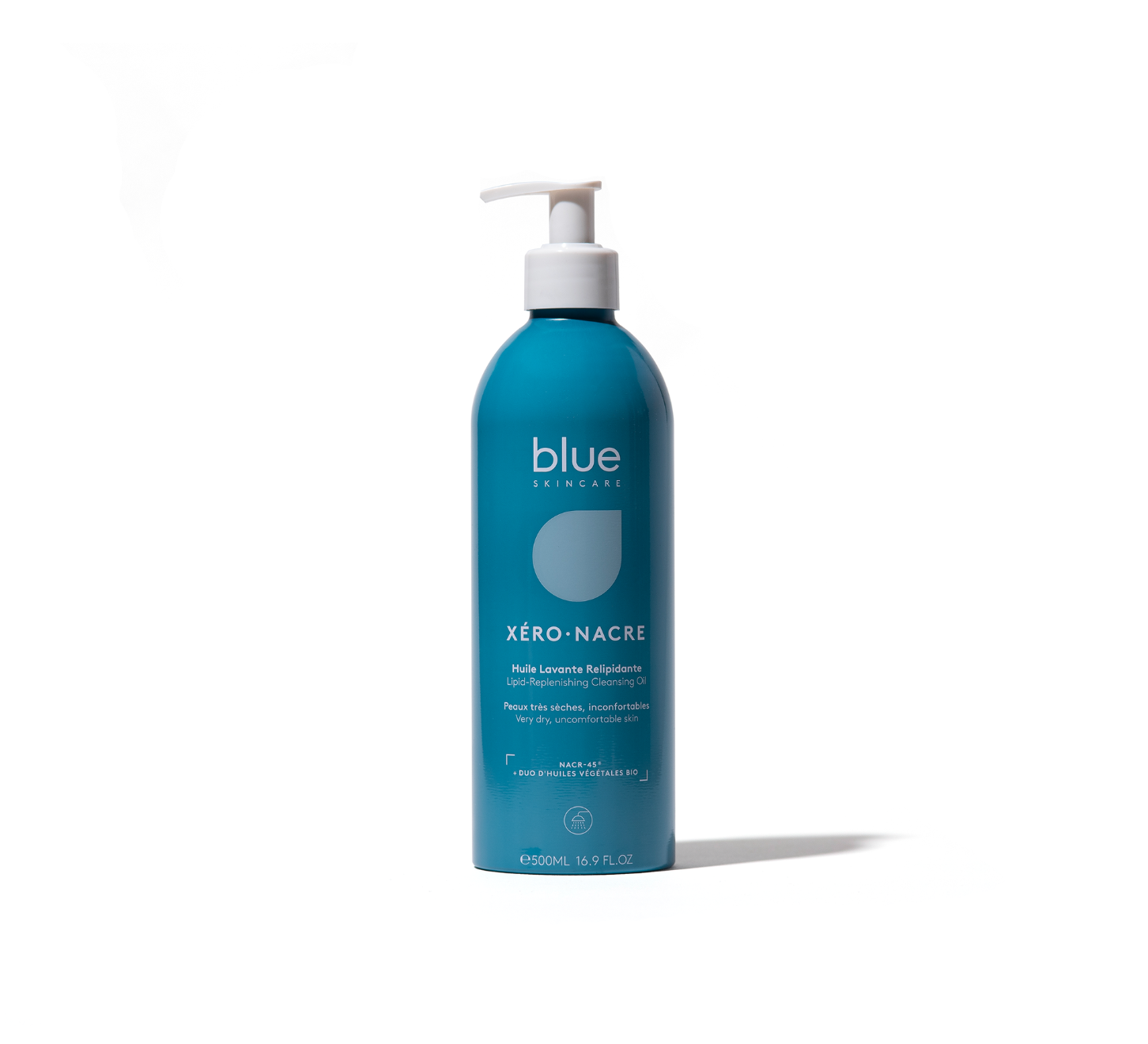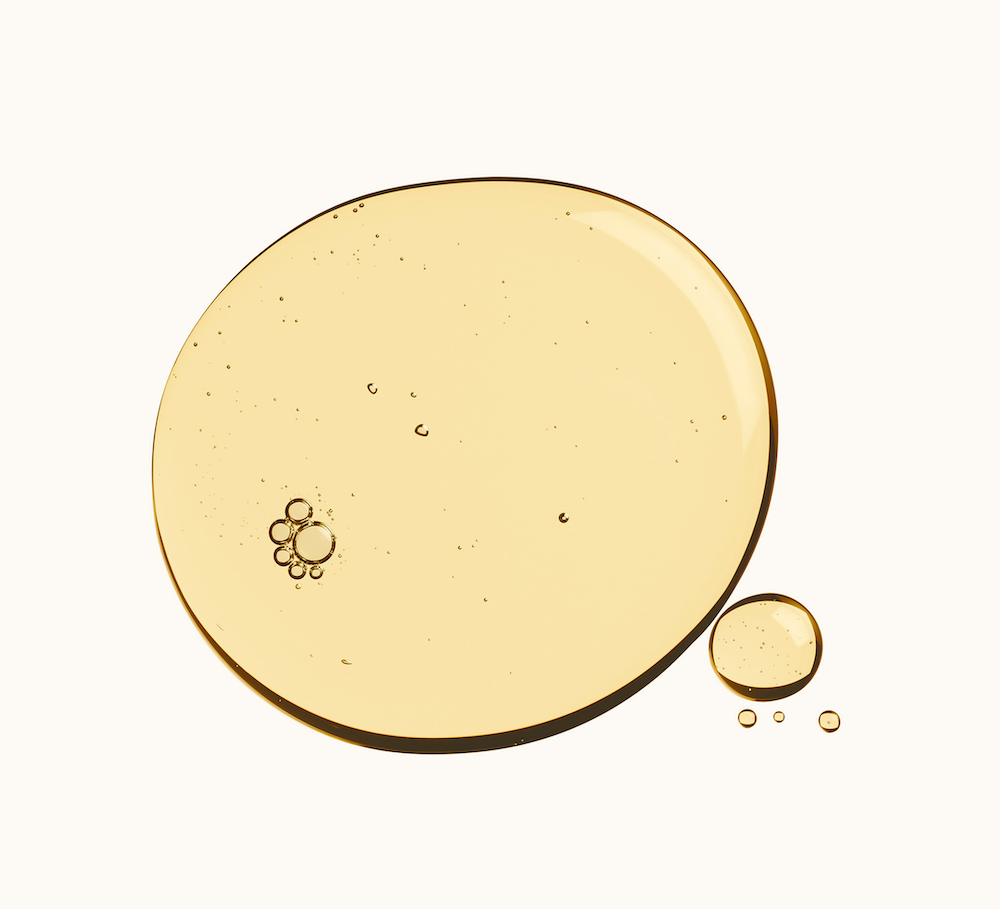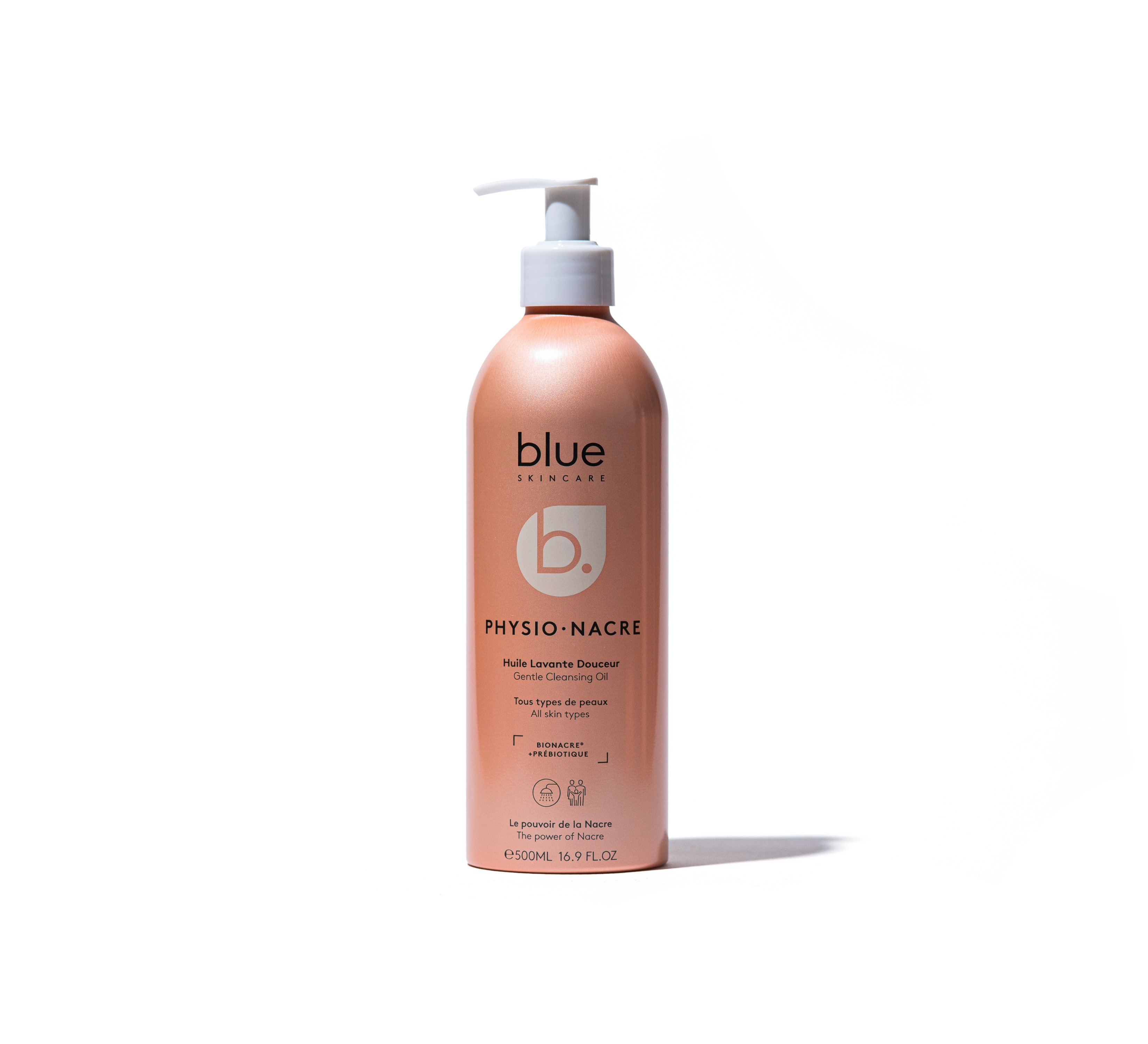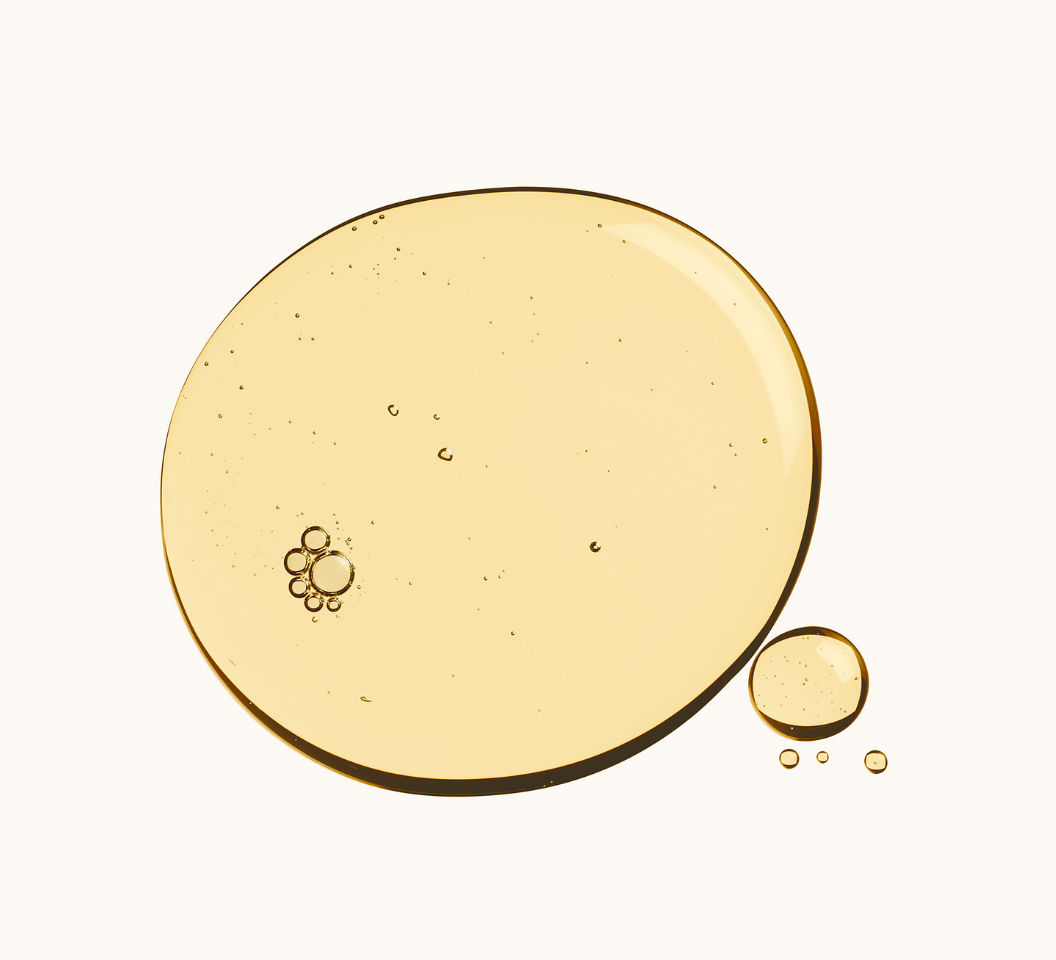Pour les uns, ces tendances alimentaires sont synonymes de nutrition santé, d’alimentation saine et responsable. Pour d’autres, elles évoquent un soupçon de restriction… Alors slow food, crudivore, vegan, bio, clean food, plutôt régimes ou mode de vie ?
Allez, qu’on ose se le dire, on ne sait pas toujours clairement ce que cachent ces jolis noms, promesses d’alimentation healthy et d’assiettes dépourvues de culpabilité. Mais avant de se lancer, voire de cumuler ou de combiner, il est indispensable de savoir dans quoi on met les pieds… ou plutôt, la fourchette !
Clean Eating
On vous le rappelle, le Clean Eating c’est manger propre, c’est surtout bannir les aliments transformés, leur préférer les aliments bruts, locaux, de saison, sans additifs et le plus frais possible. Une sorte de retour aux sources, au bon sens paysan, à la lumière de nos connaissances en santé et en nutrition actuelles.
Avec un objectif à ne jamais perdre de vue, l’heureuse alliance entre nutrition saine et plaisir. On commence donc par ce qui est logique. Pas de plaisir sans dégustation, sans éveil des sens, l’atout majeur de la tendance du Slow Food.
Slow Food

Le Slow Food est plus qu’un régime, c’est un art de vivre qui fait l’unanimité parmi les experts. D’une même voix, nutritionnistes, naturopathes, diététiciennes vantent les bienfaits de l’art de manger lentement. Lancé par un journaliste gastronomique italien en 1989, Carlo Petrini, agacé par l’implantation d’un énième fast food à Rome, a poussé son cri de guerre qui est devenu depuis une organisation internationale. En toute logique, le slow food implique de mastiquer lentement des aliments sains choisis avec soin, dégustés dans une ambiance zen propice à la concentration sur la dégustation des aliments.
En profitant de façon polysensorielle et consciente, non seulement on permet à la digestion de commencer plus tôt mais on assimile mieux les vitamines et minéraux. Résultat, on mange moins (car la satiété arrive plus vite) et le poids s’en ressent. Sans avoir l’appellation régime, le slow food est le meilleur allié de la ligne et de la forme.
- Concrètement ? Dans la démarche, opposée au fast food, tout est slow : commencez par prendre le temps de choisir votre circuit de distribution des aliments, privilégiez le local, de qualité, estampillé bio. Prenez le temps (encore !) de cuisiner le fruit de vos saines emplettes, vous l’aurez compris le slow food est totalement allergique aux aliments transformés. Allergique façon de parler mais allergique quand même. Tout ce qui obtient un chiffre catastrophique au test Nutriscore (il mesure le niveau de transformation des aliments) n’a pas sa place sur la liste de courses des adeptes du slow food. Ensuite, prenez le temps de préparer le coin repas : que ce soit à table ou sur une couverture de pique-nique, cet art de vivre passe par l’art de la présentation des plats et de la table. Évidemment, pas de repas slow pris devant la télé ou dans un environnement bruyant. Le stress étant à l’origine de contractions musculaires et de remontées acides. Vous avez peu de temps pour cuisiner ? Planifiez un moment dans la semaine pour vous avancer, privilégiez les aliments bruts et les menus simples. L’essentiel est de rester fidèle aux principes précédents.
- En un coup de fourchette : Le slow food vise à sensibiliser à l’art de manger sain, local, durable, naturel dans le respect de la biodiversité. Intuitivement, il amène à tout passer en mode slow : la vie en mieux quoi !
Crudivore

Croquer sain et cru fait-il de vous un crudivore ? A voir ! Comme toutes les tendances, celle-ci peut laisser penser à un effet de mode. Avec l’explosion des cours de yoga en ligne, des formations à l’alimentation vivante, revitalisante, le boum des pokebowls, le cru a très vite eu le vent en poupe. Mais ça sert à quoi ? Là encore… la logique doit infuser. La cuisson c’est bien, c’est bon. Mais trop de cuisson ou une cuisson inadaptée, ça détruit tout ou une partie des nutriments. C’est l’argument clé de cette non-cuisson de l’aliment, du légume en passant par certaines protéines animales. Tout n’est pas consommé cru mais la cuisson plafonne à 42°, ce qui s’apparente plus à un réchauffage doux qu’à une cuisson, entrainant de fait une transformation de l’aliment. Une tendance made in USA dans les années 80 qui a placé les fruits et les légumes au cœur de cette approche. À une époque où les engrais étaient utilisés sans précaution, le crudivorisme ou raw fooding, allait de pair avec le bio.
- Concrètement ? Comme les slow fooders ou les adeptes du Clean Eating, achetez vos aliments en circuits courts, locaux, en privilégiant la qualité et le label bio. Logique, puisque sans la cuisson qui préserve les nutriments et les enzymes, on conserve certains polluants. Bio, les fruits se croquent tout entiers, offrant sans restriction les antioxydants nichés dans leur peau, normal c’est elle qui fait rempart contre les rayons du soleil, indispensables au murissement mais aussi responsables de l’oxydation. Ensuite, variez les plaisirs en alternant les présentations : passez les fruits et légumes à l’extracteur de jus, au déshydrateur, au mixeur, au râpeur, au trancheur, à la mandoline, au lacto-fermenteur, au germoir et à vous les jus, les crackers, les chips naturelles, les compotes, les lasagnes de fruits et légumes, les choucroutes, kimshi et kombucha, les graines germées. Bref, préparez-vous sans fin des assiettes détonantes de vitalité (normal, le cru c’est de l’alimentation vivante).
- En un coup de fourchette : Manger cru c’est une démarche durable qui privilégie le zéro pesticide, le local et l’alimentation des saisons. Si de nombreux crudivores sont végétariens, ceux qui ne le sont pas alternent carpaccios de viande, de poissons, sushis, sashimis, fruits de mer. Le seul hic c’est que ce mode alimentaire ressemble à s’y méprendre à la façon dont mangeaient nos lointains ancêtres retranchés dans leurs grottes, sans feu, mais depuis notre système digestif a évolué et s’est déshabitué du tout cru. Alors… l’équilibre, encore et toujours, avec une alternance de cru et de cuit de façon juste (pas plus de 180°, cuissons à la vapeur, au wok) pour préserver son système digestif et son microbiome. En tout cas, introduisez progressivement les aliments crus dans votre routine. Mais n’abandonnez pas le (correctement) cuit.
Vegan

Vous avez dit vegan ? On vous éclaire. Devenir vegan arrive souvent par conviction, quand on prend conscience que l’alimentation d’origine animale à outrance a atteint ses limites, écologiques voire éthiques pour certains. Vous avez tendance à confondre vegan et végétarien ? Pas étonnant. En résumé, les végétariens ne mangent ni viande, ni poisson, ni fruits de mer. Pour les végétaliens, out la viande, le poisson, les fruits de mer, les œufs mais aussi tout, strictement tout, ce qui est issu de l’animal : le lait, le miel, certains vins (dont la fabrication introduit de l’albumine issue des œufs, de la gélatine de porc ou de bovins, de la caséine issue du lait, de l’ichtyocolle sorte de colle de poisson). Les vegan eux, vont plus loin, ils poussent la cohérence jusqu’à exclure les produits d’origine animale dans les autres biens de consommation : exit la laine, le cuir, la cire et tous les produits issus de la ruche que ce soit dans la mode ou dans les cosmétiques.
On peut considérer que la source du véganisme est le végétarisme, prôné par Pythagore et nombre de philosophes de la Grèce Antique, avant que, plus près de nous, Léonard de Vinci, Albert Einstein ne leur emboitent le plat ! Ah oui, il y a aussi les flexitariens qui eux sont essentiellement végétariens mais mangent de la viande et du poisson… de temps en temps.
- Concrètement ? Si vous êtes végétariens, vous adopterez peut-être une variante de cette approche en étant au choix lacto-ovo-végétarien (OK pour le lait, les œufs), lacto-végétarien (OK pour les produits laitiers mais non aux œufs) ou semi-végétarien (OK pour le poisson, les fruits de mer et même pour certains la viande blanche de la volaille). Si vous allez plus loin et devenez vegan, sachez qu’il ne s’agit pas d’un régime mais d’un mode de vie ancré dans des valeurs écologiques. Pensez à vous supplémenter en vitamine B12 mais le plus prudent est de faire un dosage lors d’un bilan sanguin afin de déceler une éventuelle carence.
- En un coup de fourchette : Vous protégez le règne animal, préservez la planète et prévenez l’apparition de maladies cardio-vasculaires, vous limitez le surpoids notamment en complémentant votre alimentation avec des légumineuses, des oléagineux riches en acides gras essentiels et en privilégiant les fruits et légumes de qualité. Pensez juste à prévenir vos convives afin qu’ils n’introduisent pas de protéines animales dans leur menu.
Sans gluten

Manger sans gluten c’est pour certains un impératif vital, lié à une véritable allergie, un régime adapté aux malades cœliaques (maladie auto-immune de l’intestin générée par l’intolérance au gluten) est alors incontournable. Exit alors le gluten. Mais qu’est-ce que le gluten ? Son nom vient du mot glutinum, lien ou colle en latin. C’est une substance qui se crée lors de l’hydratation et du pétrissage d’une farine qui en contient, essentiellement le blé mais également d’autres céréales comme l’orge et le seigle. Lors de l’hydratation, une substance apparait, résultant de l’association de deux protéines : les gliadines et les gluténines. On peut dire que le gluten se fabrique et lorsqu’on l’évoque, c’est par analogie pour citer le gluten du blé dont les caractéristiques sont spécifiques.
En effet, c’est le seul gluten qui confère à la pâte obtenue après hydratation et pétrissage, cette élasticité, ce maillage et donc cette stabilité. Mais les intolérants au gluten (maladie cœliaque ou hypersensibilité) réagissent au contact de l’une des protéines ou des deux protéines constitutives du gluten. Quels sont leurs symptômes ? Des troubles du transit, des ballonnements, des douleurs abdominales, mais aussi une fatigue chronique (accentuée par la prise d’aliments contenant du gluten) et une perte de poids. Pour confirmer ou infirmer le diagnostic, un bilan sanguin permettant d’isoler l’anticorps immoglobuline, IgA, est effectué.
- Concrètement ? Attention car c’est à vous de jouer les détectives. En effet, la composition des aliments ne cite pas systématiquement la présence de gluten. A l’inverse, de plus en plus de marques indiquent par un épi de blé barré que le gluten est absent de la recette. Ce logo est fiable car il a été déposé par l’AFDIAG, l’Association Française Des Intolérants Au Gluten. Le jeu de piste n’est pas simple car le gluten entre dans la composition des pâtisseries, de la plupart des pains et des pâtes, de la semoule, de la bière, de certains fromages, des figues sèches (souvent roulées dans la farine !), des plats industriels cuisinés (la farine est utilisée pour lier et épaissir les sauces) et même de la charcuterie. Pour la farine, faites votre choix entre celle issue du riz, de l’avoine, du sorgho, du millet, du maïs. Attention à l’orge qui, sans contenir le gluten tel qu’on le définit, est fait de protéines dont la structure est identique aux protéines du gluten et engendrent les mêmes intolérances. En revanche, si rien ne vous définit comme intolérant, inutile de vous lancer dans un régime « gluten free », plus compliqué et souvent plus onéreux qu’une approche clean, bio ou slow. En réalité, 1% de la population est seulement concernée par la maladie cœliaque. Si vous êtes diagnostiqué cœliaque, il vous sera recommandé de vous supplémenter en probiotiques afin de diminuer les troubles intestinaux. Un accompagnement par un gastroentérologue, un nutritionniste ou un naturopathe est indispensable.
- En un coup de fourchette : Soyez à l’écoute de votre corps et en particulier de votre deuxième cerveau, l’intestin, qui vous montrera d’éventuels signes d’intolérance. Ensuite, si la nécessité de l’exclusion du gluten est avérée, référez-vous au site de l’AFDIAG pour suivre l’actu qui vous concerne. Si vous découvrez que vous êtes intolérant, excluez aussi (même temporairement) le lactose. En effet, irritée par le gluten, la muqueuse intestinale peut aussi difficilement tolérer le lactose.
Bio
Que l’on soit adepte du sans gluten, emballé par le clean, séduit par le slow ou juste convaincu que manger sain est une nécessité, on passe presque instinctivement par le rayon bio. Le bio, c’est un produit, une culture ne faisant entrer dans sa composition aucun engrais ni pesticide de synthèse. Si l’on parle d’agriculture biologique, c’est toujours sans produits chimiques reconnus toxiques pour la santé et la plupart du temps de façon éthique, en respectant le rythme des saisons. Cette alimentation n’implique pas seulement un choix raisonné des distributeurs estampillés bio mais s’associe en conscience à un mode de vie cohérent. Harmoniser caddie et vie c’est ça le bio « way of life ». Petit bémol (souvent cité par les consommateurs), le bio coute plus cher et n’est pas vendu dans tous les magasins, même si le nombre de rayons dédiés tend à se multiplier dans toutes les enseignes, en dehors de celles qui lui sont consacrées à 100%.

Les étiquettes ça compte, celles qui indiquent la composition alimentaire, le Nutriscore et autres mentions nutritionnelles. En revanche, attention aux étiquettes que vous endossez sous couvert de régime ou de tendance.
Gardez l’œil ouvert, testez, découvrez, inventez et gardez en ligne de mire l’alimentation saine, équilibrée, éthique et gourmande.
Clean et happy on vous le dit !
